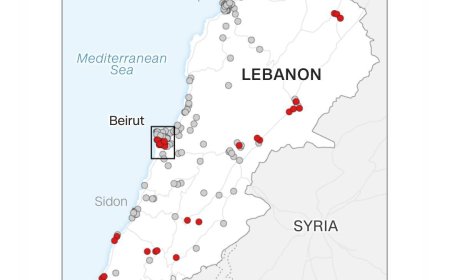Jeju Air Crash: Bird Strike and Landing Gear Failure
Footage has emerged showing the moment a bird struck the engine of a Jeju Air plane before it crashed. This marks the first aviation disaster in the airline’s history. According to South Korean media, the landing gear failed to deploy, leading to a fatal collision with the fuselage. No Kazakh citizens were aboard the flight.
What Happened?
-
Details of the Incident:
- A bird struck the engine of the plane traveling from Bangkok to Muan, South Korea.
- The landing gear malfunctioned, causing the plane to hit the ground with its fuselage and fail to decelerate during landing.
- An explosion destroyed the aircraft, complicating rescue efforts.
-
Jeju Air Background:
- The airline has been operating since 2005 and previously had a spotless safety record.
- This is the first crash in its history.
Technical Issues and Possible Causes
-
Bird Strike:
- A bird strike is suspected of damaging critical aircraft systems.
- Although rare, such incidents can have catastrophic consequences.
-
Landing Gear Malfunction:
- South Korean media confirmed that the landing gear did not deploy, complicating the emergency landing.
- Experts suggest the gear may have been damaged before the landing attempt.
Consequences and Reactions
-
Casualties:
- There were 181 people on board, most of them South Korean nationals.
- No Kazakh citizens were among the passengers.
-
Investigation:
- South Korean aviation authorities have launched an investigation to determine the cause of the equipment failure.
- Data from the flight recorders is being analyzed.
-
Aviation Safety:
- The incident highlights the importance of regular maintenance and airport infrastructure checks for hazards such as bird activity.
Conclusion
Jeju Air’s first crash is a tragic reminder of the risks involved in aviation. The bird strike and landing gear failure underline the need for enhanced control over both technical and environmental factors affecting flight safety.
The editorial board is not responsible for the content and accuracy of material taken, sent or obtained from other sources. The publication of such materials is for informational purposes only and does not imply automatic endorsement or approval of their content.



:focal(0.49:0.37):format(webp)/YXJ0aWNsZXMvaW1hZ2UvMjAyNS80LzIwMjIxMjAzLWdhZi11NTUtNzkwLmpwZw.webp?w=1920)





















